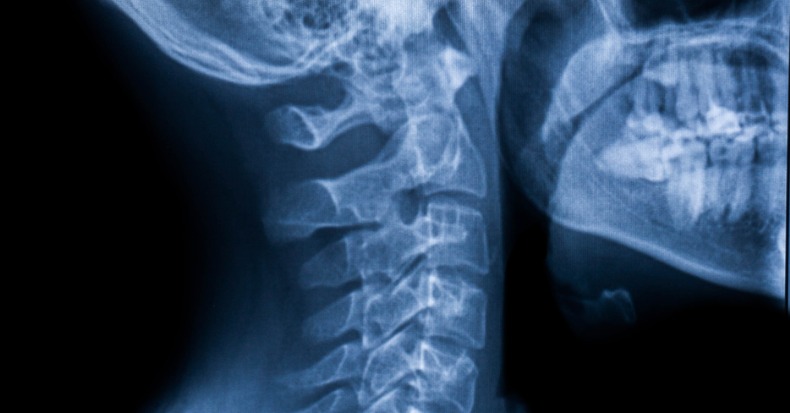When it comes to whiplash associated disorders (WAD), the process of making an accurate diagnosis and treatment recommendation can vary from healthcare provider to healthcare provider depending on their educational background, ongoing training, and clinical experience. There is also a growing pile of research with respect to WAD that helps refine existing processes and introduce new perspectives to take on the condition and its treatment. Here are developments that can help doctors better evaluate the presence and severity of WAD.
In a 2017 study, researchers evaluated a diagnostic test that utilizes six isometric muscle fatigue tests of the neck and arm muscles in search of an inexpensive and relatively low-tech method for identifying the presence and degree of WAD injury—WAD I (no/minimal complaints/injury), WAD II (soft-tissue injury—muscle/tendon and/or ligament injury), WAD III (nerve injury), WAD IV (fracture). The study included 75 patients who had experienced a whiplash injury in the previous six hours and 75 non-injured subjects with a similar make-up (age, gender, body type, etc.).
The investigators observed that the participants with WAD injuries fatigued at a much faster rate in each of the six tests, and those with a higher grade of WAD injury experienced fatigue even quicker. Based on the fatigue data alone, evaluators were able to identify the WAD patients with a more than 90% accuracy. While additional studies are underway to confirm these findings with more participants, this may offer healthcare providers an easy, accurate, and safe method to determine the severity of WAD injury and offer more tailored treatment recommendations in the time period immediately following an automobile collision.
A study published in 2020 used video fluoroscopy (VF) to observe both WAD patients with chronic neck pain and non-injured subjects while they performed five movements to a firm end range involving the motion of the cervical spine. Using the VF data, radiologists were able to differentiate members of the two groups with significant accuracy. The use of x-ray taken at a firm end range of each motion can also be used to make these measurements. This is important as most patients and healthcare providers don’t have ready access to VF but many times, X-rays can be done in the office or a short drive away.
The most current treatment guidelines for WAD recommend seeking care as soon as possible versus taking a wait-and-see approach. Chiropractic care is an excellent option that can reduce one’s risk for developing chronic WAD symptoms that may be more difficult to resolve.



